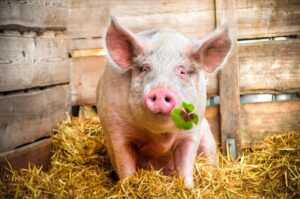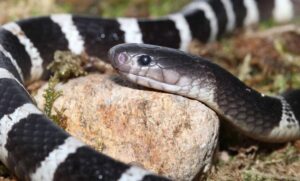Cannibalism is not a rare occurrence in the animal kingdom. According to scientific records, there are currently over 1,500 species of animals that engage in cannibalistic behavior, both on land and in water. Join KnowAllAnimals as we explore a list of the most terrifying Cannibalistic Animals today.
1. Top 13 Cannibalistic Animals You Didn’t Know Existed
In nature, some animals have adopted cannibalistic behavior to survive or maintain population balance. The following list will surprise you with the brutal instincts of the wild.
1.1. Sand Tiger Shark
Without a doubt, sharks are among the most elite predators in nature. They are born with a killer instinct right inside their mother’s womb.
During the breeding season, a mature female sand tiger shark can have 6-7 embryos in her uterus, but only one will survive. The first pup to hatch will eat the others still in their egg sacs. It will then continue to attack and eat the unfertilized eggs in the mother’s uterus. With the high protein content from these first meals, the surviving pup can be up to 3 feet long at birth. With such a physique, the young sand tiger shark has nothing to fear from any other animal in the ocean.
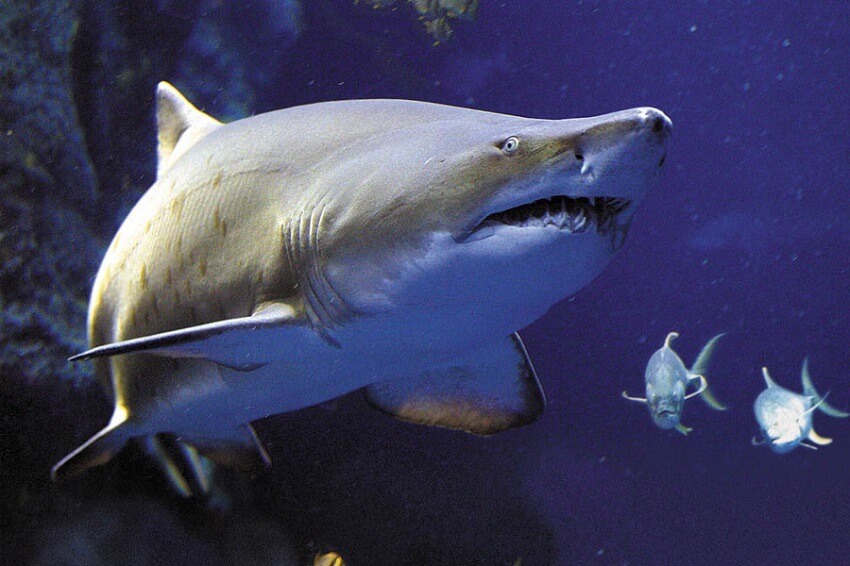
1.2. Prairie Dog
Thanks to the research of behavioral ecologist John Hoogland, we now know that some prairie dogs engage in this terrifying behavior. Fortunately, not all of these cute animals do.
“We found that most of the females were mated, but very few of them weaned young,” said John Hoogland, who began studying the rodents in 1974.
The researchers discovered that some females would go down into the burrows of other female relatives, and when they emerged, they often had bloodstains on their faces. “We saw that most of the young had been eaten down there,” Hoogland said.
“A female killing the young of other females in the family to increase the survival chances of her own young is an act of extreme competition,” Hoogland explained.
In that sense, the world of the prairie dog is truly a cannibalistic one.
1.3. Cane Toad
Toads eating toads? Can you believe it?
The cane toad is native to South America. They have a preference for eating the eggs of their own species as soon as they catch a whiff of them. They are particularly attracted to a protective toxin found in the eggs called bufadienolides. The nutrients from these eggs help them grow and reduce future competition, according to a 2011 study by the University of Sydney and James Cook University.
A 2008 study found that cane toads would continuously twitch the middle toe of their hind foot to attract prey, including juvenile toads. Researchers conducted an experiment with 28 adolescent cane toads and found that 64% of their 149 prey items were other cane toads.
1.4. Snake
A 2009 study on the Mexican flat-headed rattlesnake showed that 68% of mothers ate their own young, including those that died before birth. Researchers believe this behavior helps the mother regain essential nutrients to give birth to more litters.
A 1901 article in the New York Times described a story at the Bronx Zoo where black snakes became a favorite meal for a large female cobra. The voracious appetite of the female cobra made black snakes increasingly rare in the park.

1.5. Australian Redback Spider
Male Australian Redback spiders sacrifice themselves by riding onto the mouth of the female during mating. While doing so, they transfer their sperm just as they become a meal for their partner.
In a 2003 study, Maydianne Andrade of the University of Toronto Scarborough found that male redback spiders that were cannibalized (which occurred in 65% of cases) mated for longer and produced twice as many offspring as those that were not eaten.
1.6. Alligator
Alligators eat many types of prey, including other alligators. Tammy Shaw, a resident of Port Charlotte, witnessed a large alligator eating a smaller one at Silver Springs Park in Florida in 2022. Adam Rosenblatt, an assistant professor of biology at the University of North Florida who specializes in American alligators (Alligator mississippiensis), said this behavior has been going on for millions of years. Alligators swallow smaller animals whole and use their jaws to violently shake larger prey to break it into smaller, more manageable pieces—a behavior known as the “death roll.”
1.7. Praying Mantis
Female praying mantises are notorious for biting off the heads of males during mating. Despite losing its head, the male’s abdominal nerve ganglia keep it alive for several hours, and the mating process continues as usual. The male can escape death if it manages to jump off the female’s back as soon as mating is complete.
1.8. Scorpion
Scorpions are solitary creatures. When they encounter another of their kind, they often fight, and the losing scorpion will be eaten by the victor. About a quarter of a scorpion’s diet consists of other scorpions. Like many spiders and insects, scorpions are also known for eating their mates after breeding.
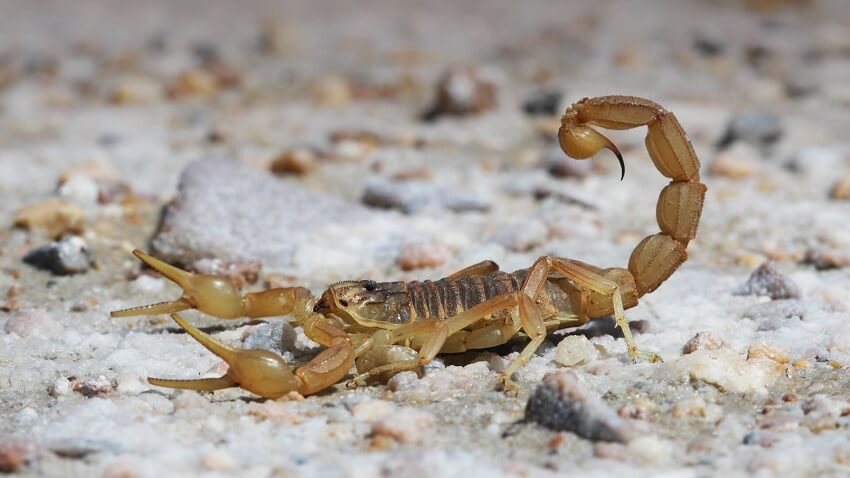
1.9. Mormon Cricket
The Mormon cricket is a close relative of the grasshopper that lives in North America. They often travel in large swarms in search of food. Any crickets that become exhausted and die immediately become a valuable food source for their kin, as their bodies are a crucial source of protein and mineral salts.
1.10. Lion
Lions are social animals that live in prides, with a dominant adult male as the leader. Young male lions often challenge the alpha male for the top position. If successful, they will often kill the cubs of the former leader as a way to assert their new authority and power within the pride.
1.11. Chimpanzee
Chimpanzees are our closest living relatives and are one of the most intelligent animals. Yet, few people know that chimpanzees are also cannibals. Chimpanzee troops sometimes organize group hunts and catch and eat infant chimpanzees.
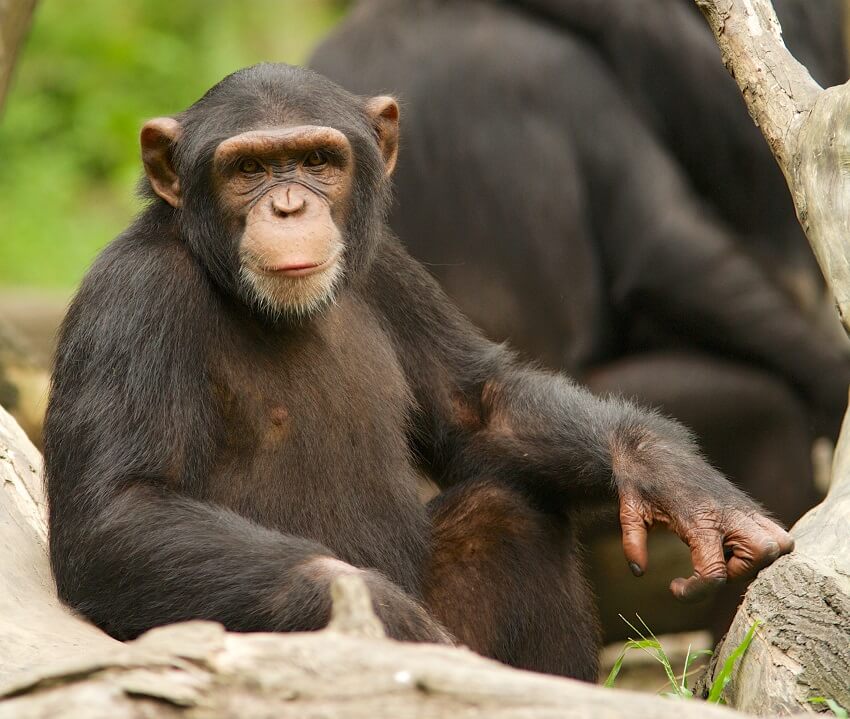
1.12. Jaguar
A 2010 study published in The Southwestern Naturalist documented the first-ever case of cannibalism among wild adult jaguars (Panthera onca). Two male jaguars appeared to have killed and partially eaten a female. The research team suggested that with abundant prey in the area, the violent encounter was likely caused by stress when unfamiliar jaguars met in the forest. Jaguars may also kill and eat cubs, although this is very rare.
1.13. Tiger
Researchers are still studying cannibalistic behavior in tigers (Panthera tigris), but there is evidence that adults sometimes eat cubs and other adults. For example, a tiger killed and ate an adult female and two sub-adult cubs in India’s Kanha National Park in 2019. According to the Times of India, the behavior was surprising to authorities and conservation experts, given the availability of other prey in the area.
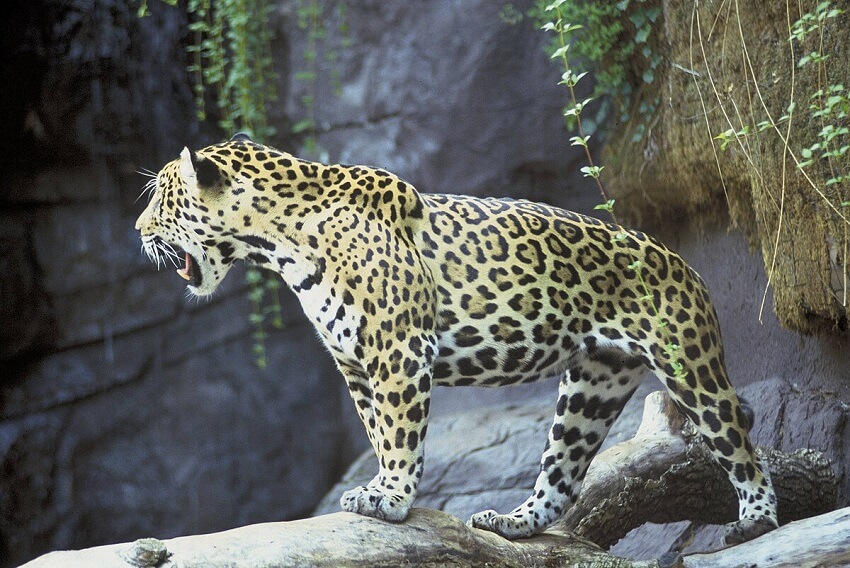
2. FAQs
1. What does cannibalism mean in animals?
Cannibalism is when an animal eats another of its own species, often for survival or reproductive advantages.
2. Why do animals practice cannibalism?
It can happen due to lack of food, competition, or even as part of natural mating behaviors.
3. Is cannibalism common in the animal kingdom?
Yes, it is more common than most people realize, found in insects, reptiles, fish, and even mammals.
4. Are cannibal animals dangerous to humans?
Not necessarily. Most cannibalistic behaviors are limited to their own species and don’t target humans.
5. Which animal is most famous for cannibalism?
Praying mantises and certain types of spiders are well-known examples, especially during or after mating.
The phenomenon of cannibalism in the animal kingdom may sound gruesome, but it’s actually a strategy for survival and species preservation. This shows that the wild is harsher and more complex than we often think, and it reminds us to appreciate and learn more about the world around us.
We hope that this article on Cannibalistic Animals by Know All Animals has helped you better understand the wild nature of some animals in the world today. Thank you for reading.

